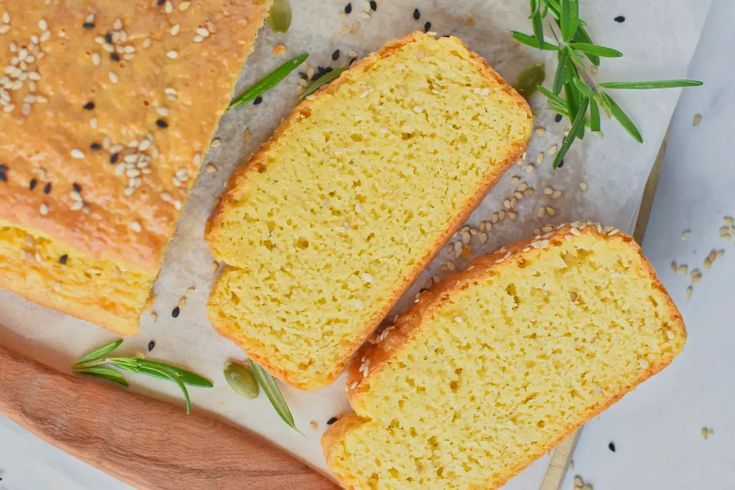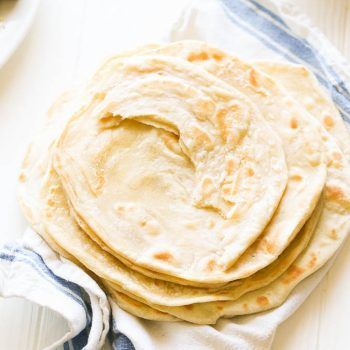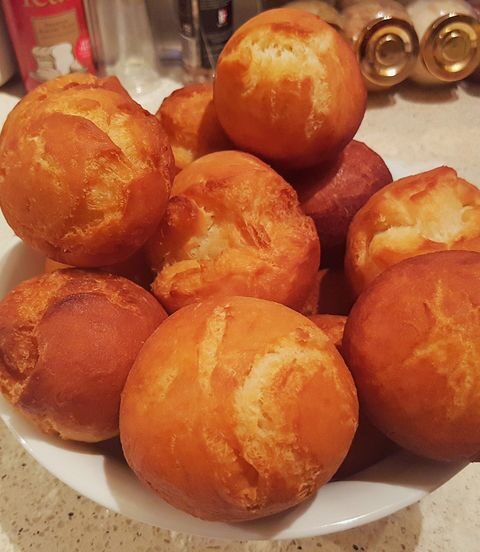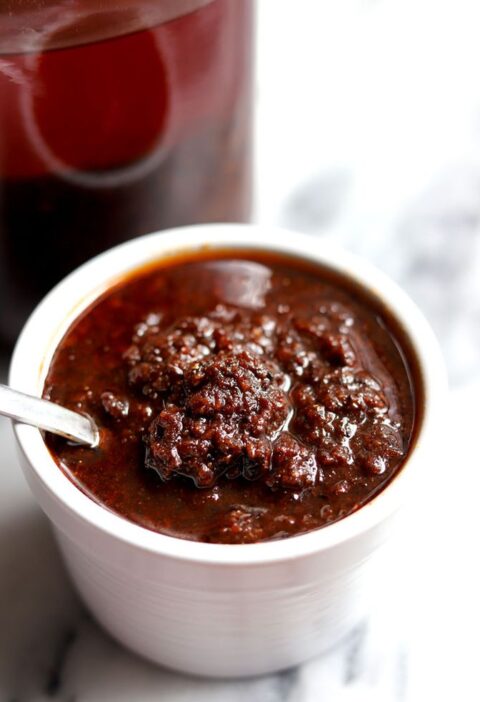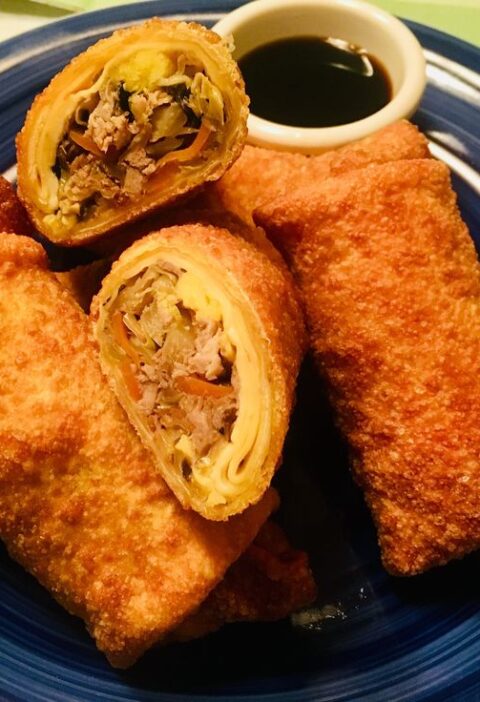1 Delicious Burundi Cassava Bread Recipe. Explore the genuine tastes of Burundi through this classic recipe for cassava bread. Crafted from cassava flour sourced locally, this gluten-free bread holds a special place in Burundian culinary traditions. Embrace the straightforward instructions to prepare a delectable and nourishing loaf that embodies Burundi’s culinary legacy.
1 Delicious Burundi Cassava Bread Recipe
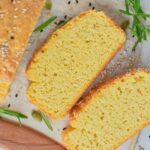
1 Delicious Burundi Cassava bread occupies a significant role within Burundi’s culinary realm, symbolizing the nation’s profound cultural legacy and culinary customs. With roots entrenched in age-old traditions, the crafting of cassava bread becomes a communal endeavor, fostering unity among families and communities in honoring food and heritage.
Cassava, scientifically termed Manihot esculenta, stands as a fundamental crop across various African regions, including Burundi. Its starchy roots form a prime ingredient for bread-making, elevating cassava bread beyond mere sustenance to represent cultural identity and resilience within Burundi. The bread’s modest beginnings trace back to ancient eras when indigenous societies cultivated cassava as a reliable dietary staple.
The recipe for Burundi’s cassava bread remains uncomplicated, calling for minimal ingredients and equipment. Predominantly, finely ground dried cassava roots form the core ingredient—cassava flour. Combined with water, salt, and sometimes yeast, the flour concocts a dough. This dough undergoes meticulous kneading until achieving a smooth, elastic texture, a process influenced by the unique consistency of cassava flour. Once shaped into loaves or rolls, the dough is left to rise.
In Burundi, the craft of cassava bread intertwines with rituals and customs passed through generations. Women, notably, assume pivotal roles in this artisanal process, leveraging their expertise to ensure each loaf’s perfection. Revered within Burundian cuisine, cassava bread graces tables during significant cultural festivities and rituals, embodying hospitality and communal spirit.
Beyond cultural symbolism, cassava bread imparts considerable nutritional advantages. Its gluten-free nature caters to individuals with gluten sensitivities or celiac disease. Furthermore, cassava’s carbohydrate-rich composition offers an invaluable energy source, particularly suited to individuals leading active lifestyles.
In essence, Burundi’s cassava bread transcends its culinary identity to encapsulate the nation’s heritage, tradition, and sense of community. From its humble origins to its prominent place in local culinary practices, cassava bread mirrors the resilience and unity inherent in Burundian culture. As these traditions endure, cassava bread will persist as a cherished symbol of cultural heritage for generations to come.
- ¾ cup Cassava Flour
- ¾ cup Almond Flour or more cassava flour for nut-free
- 3 teaspoons Baking Powder
- 5 large Eggs at room temperature!
- ¼ cup Olive Oil
- ¼ cup Lukewarm Water
- 1 teaspoon Salt
- 1 teaspoon Garlic Powder
- 1 teaspoon Italian Dried Herbs
- Topping
- 3 tablespoons Everything Bagel Seasoning
- Preheat the oven to 350°F (180°C) and prepare a 5-inch x 9-inch baking loaf pan by lining it with parchment paper and lightly greasing it with olive oil.
- Set aside.
- In a stand mixer or large mixing bowl, combine the wet ingredients: eggs, olive oil, and water.
- Beat on high speed with the whisk attachment or a hand mixer for about 90 seconds until the mixture becomes light, fluffy, and paler in color.
- Using a spatula, gently incorporate the dry ingredients into the wet mixture: cassava flour, almond flour, salt, and your preferred spices, such as garlic powder or Italian herbs.
- The batter should have a thin and runny consistency.
- Pour the batter into the prepared loaf pan and sprinkle Everything bagel seasoning on top.
- Bake in the center of the oven for 40-45 minutes until the bread turns golden brown and a toothpick inserted into the center comes out clean.
- After baking, promptly transfer the loaf to a cooling rack to avoid drastic temperature changes, which could cause the bread to deflate slightly.
- Let it cool for 3 hours before slicing.
- For storage, refrigerate the bread for up to 4-5 days or freeze individual slices in zip-lock bags for up to 3 months.
- Thaw frozen slices at room temperature overnight and reheat them in a toaster before serving.

